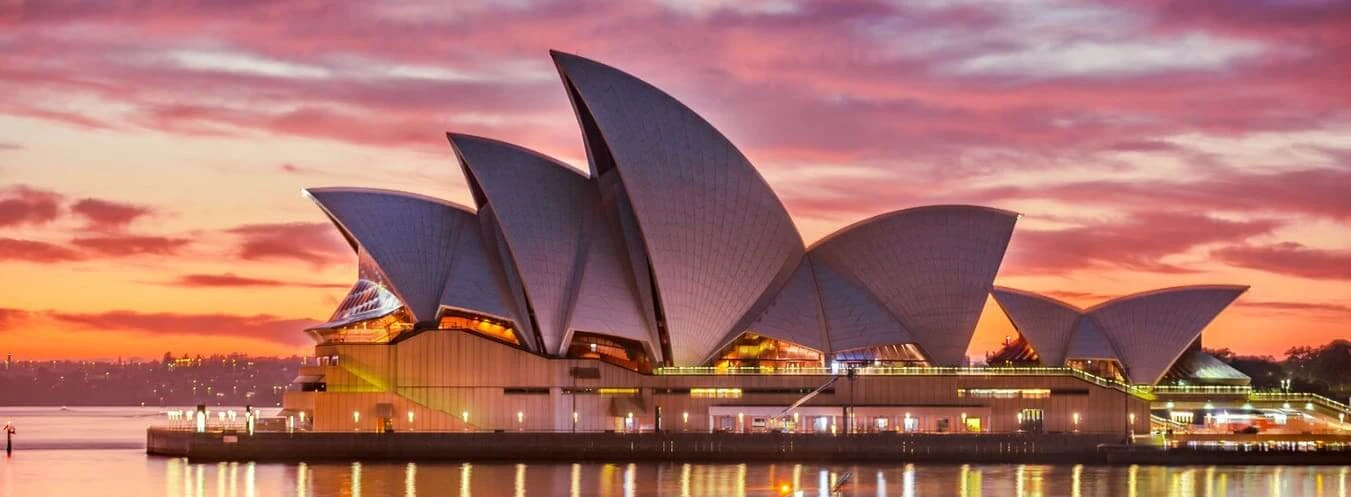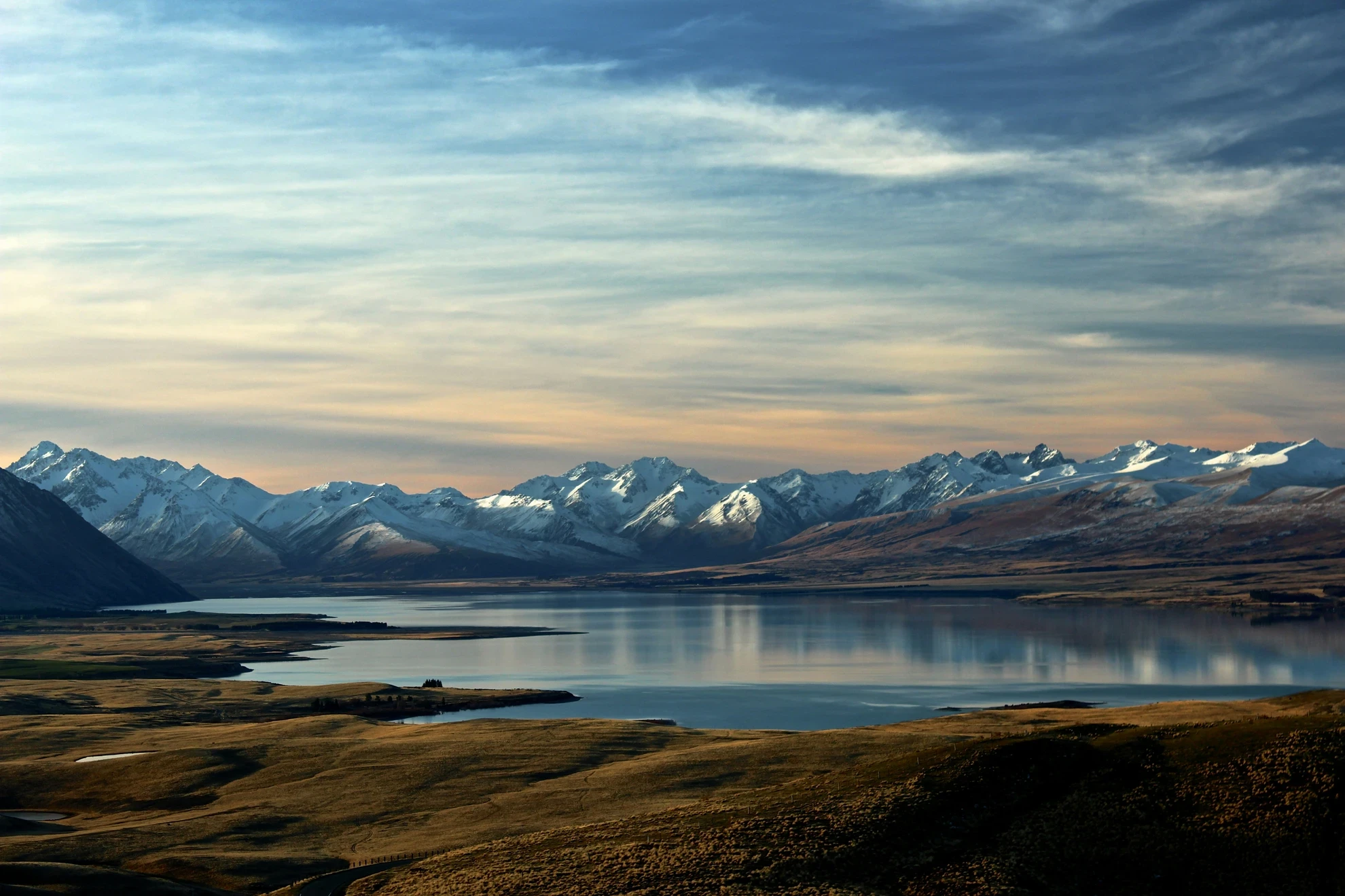eSIM Plans for Travelers to The Oceania Australia & New Zealand
Unlimited data at kbps after using
Get Connected Instantly Worldwide
Follow our proven 3-step process to enjoy seamless internet connectivity during your travels. Trusted by over 1 million travelers globally.
Ready to Stay Connected Anywhere?
Join millions of satisfied travelers who choose our reliable eSIM solutions for their international connectivity needs.
What You Need to Know About Oceania Australia & New Zealand Network
Network Coverage
urban area
• Major cities have good 4G/5G network coverage, with 5G services rapidly expanding.
- Sydney, Melbourne (Australia): The city centers and airports have excellent 5G coverage, with commercial 5G services already available in business districts. Suburban areas enjoy stable 4G coverage, with internet speeds reaching up to 200Mbps.
- Brisbane, Perth: Core areas have full 5G/4G coverage, stable signals at transportation hubs, 5G is expanding to more regions, and major tourist areas are well covered.
- Adelaide and Canberra: Major urban areas have stable 4G coverage, with a 4G coverage rate exceeding 95%, and 5G has been deployed in the city centers and airport areas.
- Auckland, Wellington (New Zealand): 4G coverage in city centers and airports reaches 98%, with 5G networks currently being deployed in major commercial areas.
- Christchurch and Queenstown: The core urban areas have stable 4G coverage, with a 4G coverage rate of 92%. 5G is expected to expand to major tourist areas by the end of 2024.
- Gold Coast, Darwin: 5G commercial deployment in financial districts and airports, 4G full coverage on urban main roads with speeds up to 150Mbps.
- Auckland CBD: 5G commercial services are now available, with downtown speeds reaching up to 300Mbps, while suburban areas enjoy stable 4G coverage and excellent signal quality.
Tourist attractions and suburbs
• The main attractions have basic coverage, but the signal is unstable in remote areas.
- Great Barrier Reef (Australia): Resorts and offshore islands have good 4G coverage, while deep-sea areas experience weakened or no signal. It is recommended to download offline maps in advance.
- Uluru (Australia): The visitor center and main roads have stable 4G coverage, but there is no signal in the deep desert, and coverage is limited in tourist areas.
- Milford Sound (New Zealand): 4G coverage at the wharf and visitor center, signal weakens in the middle sections of hiking trails, with only 3G available in some areas.
- The Twelve Apostles (Australia): Continuous 4G coverage at the viewing platform, intermittent signal in some remote sections of the Great Ocean Road.
- Rotorua Geothermal Area (New Zealand): Strong 4G coverage in core scenic areas, unstable signal around the crater.
- Blue Mountains National Park (Australia): The visitor center and main roads have stable 4G coverage, while signal weakens in the deep valleys.
- Queenstown (New Zealand): Full 5G/4G coverage in urban areas and ski resorts, with unstable signals in alpine hiking zones.
- Cape Reinga (New Zealand): Weak signal at the northernmost point, 4G coverage in major towns, backup communication needed for remote beaches.
- Taronga Zoo (Australia): The entire park has full 4G coverage, but some indoor exhibits have weaker signals.
- Fox Glacier (New Zealand): The town area has 4G coverage, but there is no signal on the glacier hiking trail.
- Around Uluru: Major roads and visitor hubs have 4G coverage, but some remote scenic spots only offer 2G service.
Network Usage Tips
remote inland areas
Inland Australia (such as the Northern Territory and remote areas of Western Australia) and parts of New Zealand's South Island have very weak or no signal coverage, with 4G coverage in rural areas at approximately 72%. It is recommended to download offline maps in advance.
Mountains and Rainforests
Signal reception is unstable in the Great Dividing Range (Australia), Southern Alps (New Zealand), and Queensland rainforest areas. It is recommended to confirm operator coverage before departure.
Indoor and Historic Architecture
Stone buildings and historical sites such as the Sydney Opera House and New Zealand Maori meeting halls can significantly weaken signals inside. It is recommended to use the network near windows or in open areas.
Cross-border region
Network switching delays may occur near the Tasman Sea (between Australia and New Zealand). It is recommended to manually select a network in advance to avoid roaming charges.
Precautions for Power Supply
Remote area base stations may rely on solar power, and rainy weather could cause temporary interruptions. It is recommended to download necessary materials in urban areas.
Network Congestion Alert
During peak travel seasons (such as Australia's Christmas season or New Zealand's ski season), networks around popular attractions may experience congestion. It is advisable to avoid using high-bandwidth applications during peak hours. The average 4G download speed in Australia and New Zealand is 41.9 Mbps, but it may decrease during peak times.
Operator Selection Recommendations
The major operators in Australia are Telstra, Optus, and Vodafone, with Telstra having the widest coverage. In New Zealand, the primary operators are Spark, Vodafone, and 2degrees, with Spark offering the best coverage.
Battery Consumption Warning
In areas with weak signals, mobile phones continuously search for networks, leading to faster battery drain. It is recommended to carry a portable charging device. Australia's 4G LTE is widely available, ensuring fast and reliable mobile data.
Price Evaluation
In Australia and New Zealand, 89% of the population lives within 4G/5G coverage, with a relatively small gap between urban and rural areas (95% urban, 72% rural). Mobile data prices in both countries are relatively moderate, with basic urban plans (500MB–2GB/day) sufficient for daily needs, while remote areas may require plans exceeding 2GB to ensure uninterrupted usage. According to data from ACMA and MBIE, mobile data prices in Australia and New Zealand have dropped by 45% and 38%, respectively, since 2015, though network quality varies significantly in remote regions. Major operators like Optus and Spark have widely deployed 5G networks, offering users faster connectivity, while New Zealand’s 4G coverage remains the primary access method at 98%.
Recommended eSIM packages relevant to you
Enjoy seamless connectivity on your travels. Choose from our diverse global eSIM plans to enhance your next journey.

